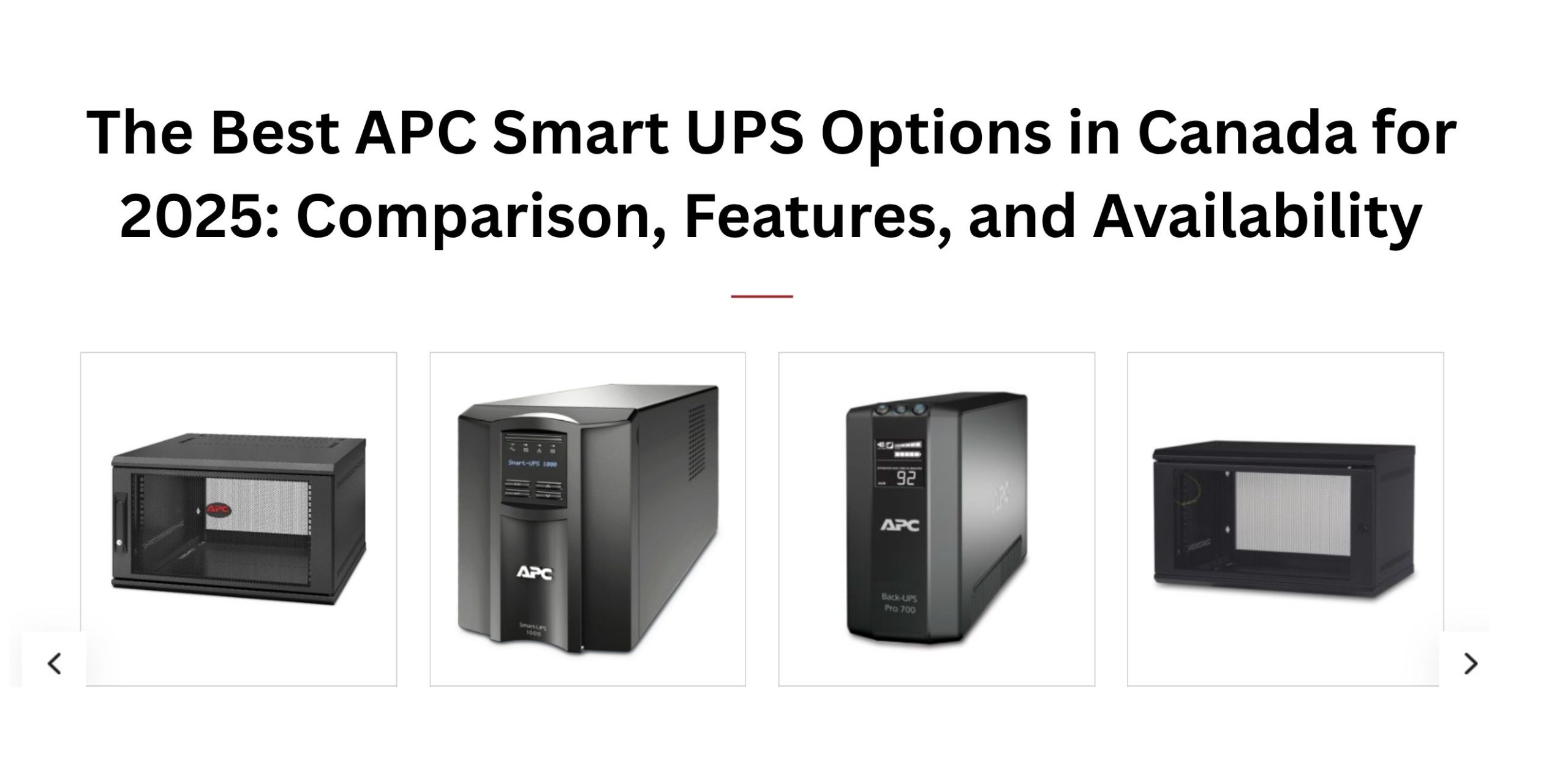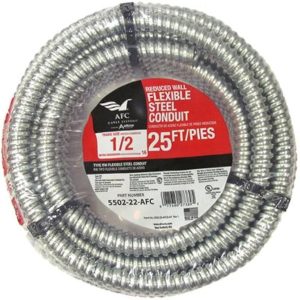Ten Most Important Steps in MAP Pricing Enforcement
Businesses rely on Minimum Advertised Price (MAP) policies to maintain a specific control over their pricing structure. By enforcing these policies, businesses can ensure that competitors do not undercut them and that customers are getting the best deals possible.
However, enforcing MAP policies can be difficult, and many businesses struggle to do so effectively.
Fortunately, businesses can take ten important steps to enforce their MAP policies effectively. These steps will help businesses stay competitive in their markets and ensure that customers get the best deals possible.
What is MAP Pricing, and Why is it Important?
MAP pricing is a strategy used by manufacturers to set the minimum advertised price for their products. MAP pricing ensures that retailers do not advertise a lower price than the manufacturer has set. This strategy protects the manufacturer’s brand and margins and prevents retailers from engaging in price wars.
While MAP pricing is not legally enforceable in most jurisdictions, retailers generally respect it. Violations of MAP pricing can result in the retailer being removed from the manufacturer’s list of authorized dealers. For these reasons, manufacturers need to be aware of MAP pricing and its implications.
Ten Most Important Steps in MAP Pricing Enforcement
A few key steps need to be taken for map pricing to be effective.
Define your MAP policy
The first step in enforcing your MAP policy is defining the policy itself. You should include the minimum advertised price, how it will be implemented, and the consequences for violating the policy. Having a clear and well-defined policy will make enforcing the policy easier and hold violators accountable.
Communicate your MAP policy to authorized dealers
Once you have defined your MAP policy, it is essential to communicate it to authorized dealers. Dealers should be given a copy of the policy and be made aware of the consequences of violating the policy. It is also vital to ensure that dealers understand why the policy is in place and how it will benefit them.
Monitor advertised prices
The third step in enforcing your MAP policy is to monitor advertised prices. This can be done manually by searching for your products online or using a price monitoring tool. By monitoring advertised prices, you will be able to identify any dealers that are violating your MAP policy quickly.
Contact dealers who are violating your MAP policy
If you find that a dealer is advertising a lower price than the minimum advertised price, you should contact the dealer and inform them of the violation. It is essential to be polite and professional, as aggressive behavior could damage your relationship with the dealer.
Find here : Why Should You Outsource Data Processing Services?
Give dealers a chance to correct violations
When contacting dealers about violations, it is essential to give them a chance to correct the violation. This will show that you are willing to work with dealers and will help avoid any further problems. Additionally, it is vital to give dealers a reasonable amount of time to correct the violation, as some violations may be unintentional.
Take action against dealers who do not correct violations
If a dealer does not correct a violation after being given a chance to do so, you should take action against the dealer. This could include removing the dealer from your list of authorized dealers or taking legal action. In addition, you should make sure to communicate your decision to the dealer and other authorized dealers.
Monitor compliance with your MAP policy
After taking action against violators, it is essential to monitor compliance with your MAP policy. This can be done in the same way that you monitored advertised prices. By monitoring compliance, you can ensure that dealers respect your MAP policy.
Additionally, monitoring compliance will help you identify any dealers who may be at risk of violating your MAP policy.
Take action against non-compliant dealers
If you find that a dealer is not complying with your MAP policy, you should take action against the dealer. This could include removing the dealer from your list of authorized dealers or taking legal action.
Review your MAP policy periodically
It is essential to review your MAP policy periodically to ensure that it is still effective. This can be done by monitoring advertised prices and compliance with the policy. If you find that your policy is no longer effective, you should change it.
Use online tools to monitor prices
Several online tools can help you monitor advertised prices and compliance with your MAP policy. Advanced MAP violation monitoring tools can make it easier to enforce your policy and help you save time.
Businesses can effectively monitor and enforce their Minimum Advertised Price (MAP) regulations by following these ten crucial stages. This will guarantee consumers receive the most significant discounts possible while allowing businesses to compete in their respective industries.
Benefits of Enforcing a MAP Policy
There are several benefits to enforcing a MAP policy. By doing so, businesses can:
- Ensure that customers get the best possible deals: By enforcing a MAP policy, businesses can ensure that customers get the best possible deals on their products. This is because dealers will be unable to advertise at lower prices than the minimum advertised price.
- Stay competitive in their respective markets: Businesses can stay competitive in their respective markets by ensuring that prices are not being advertised below the minimum advertised price.
- Protect their brand: Businesses can protect their brand and reputation by preventing dealers from advertising prices below the minimum advertised price.
- Avoid legal action from dealers: By taking action against dealers who violate your MAP policy, you can avoid legal action from the dealers.
- Save time and money: Businesses can save time and money by using online tools to monitor prices and comply with your MAP policy.
How Will Enforcing MAP Pricing Help Businesses Stay Competitive in Their Markets?
Enforcing a MAP policy will help businesses stay competitive in their markets.
- First, businesses can level the playing field with their competitors by ensuring that prices are not being advertised below the minimum advertised price.
- Second, by taking action against dealers who violate your MAP policy, businesses can message their competitors that they are serious about enforcing their MAP policy. This will discourage other businesses from advertising lower prices, as they will risk losing their dealerships.
- Finally, businesses can save time and money by using online tools to monitor prices and compliance with your MAP policy.
Summary
Businesses may use these ten simple procedures to effectively manage and enforce their Minimum Advertised Price (MAP) rules. This will ensure that consumers get the most significant discounts possible while also allowing businesses to stay competitive in their respective industries.














Post Comment
You must be logged in to post a comment.